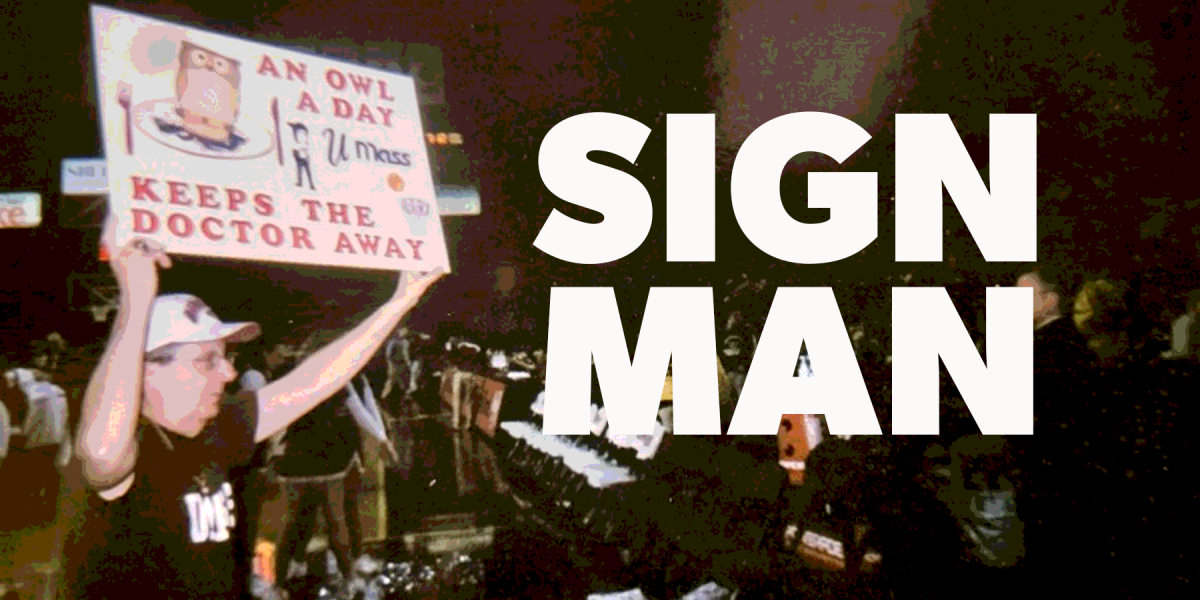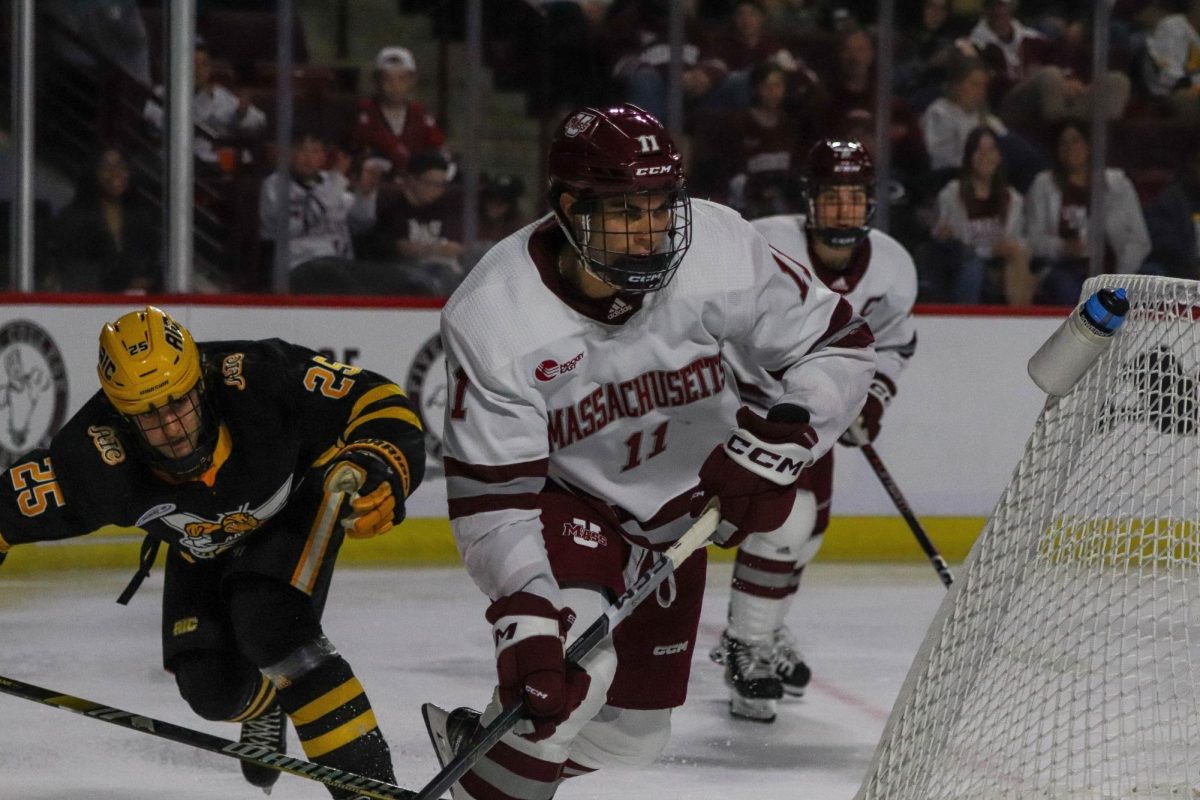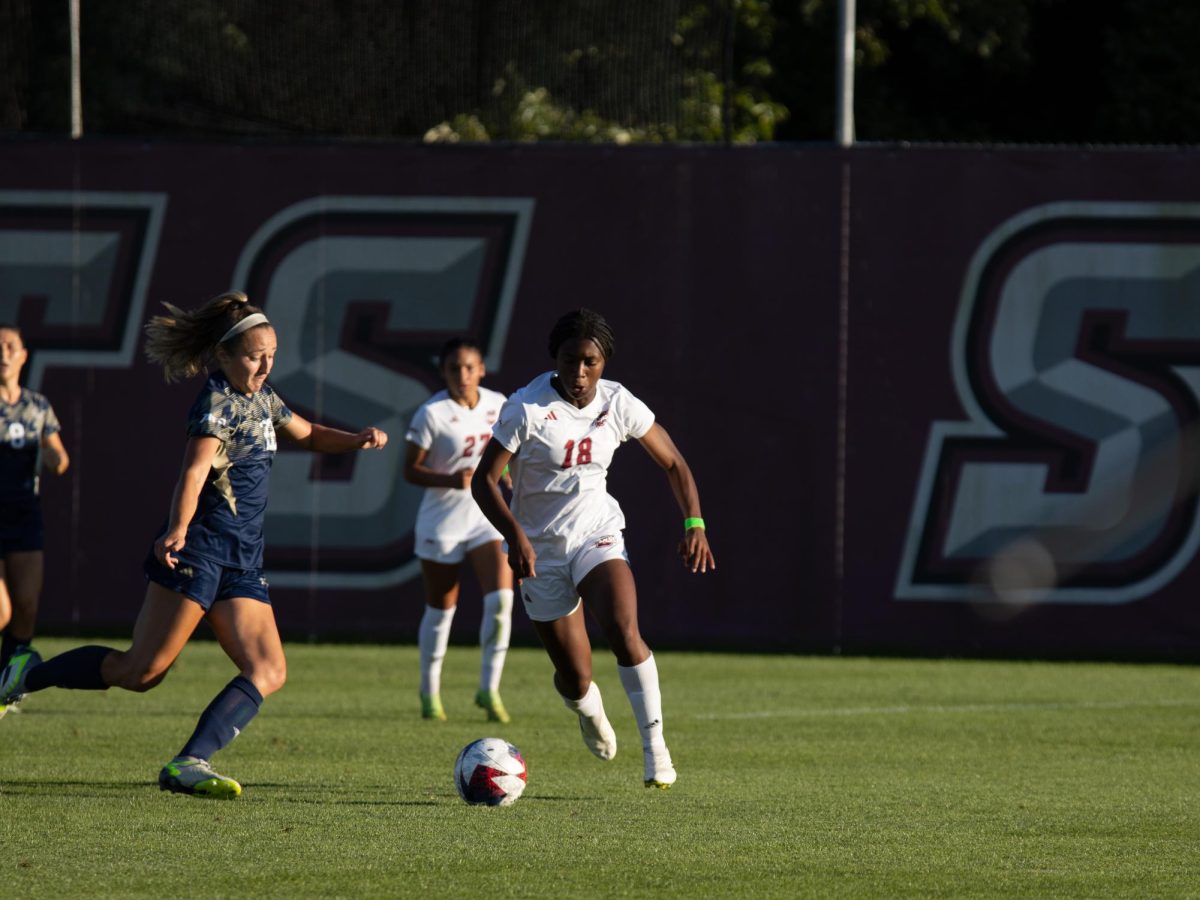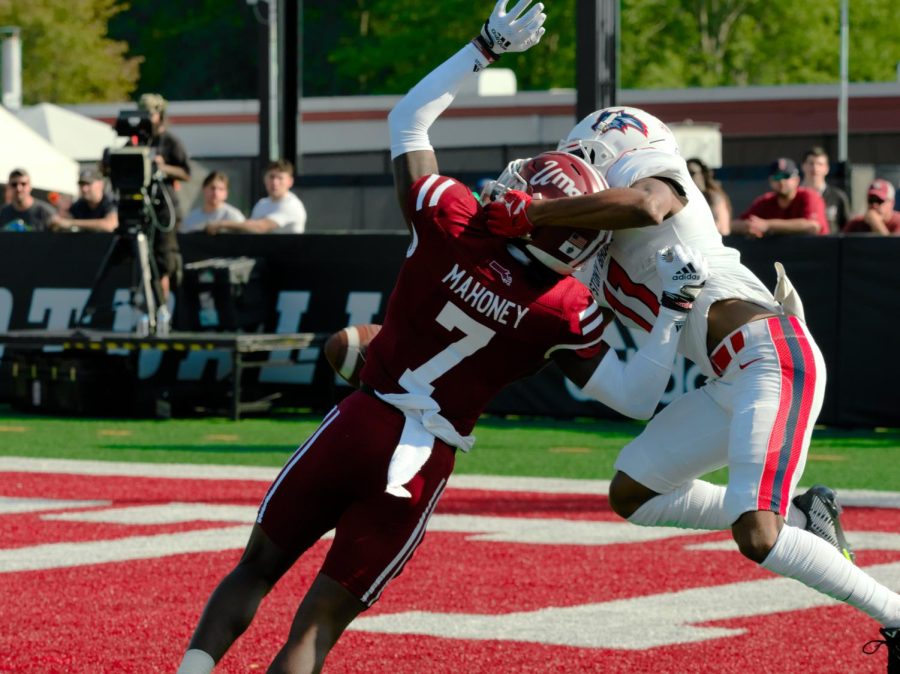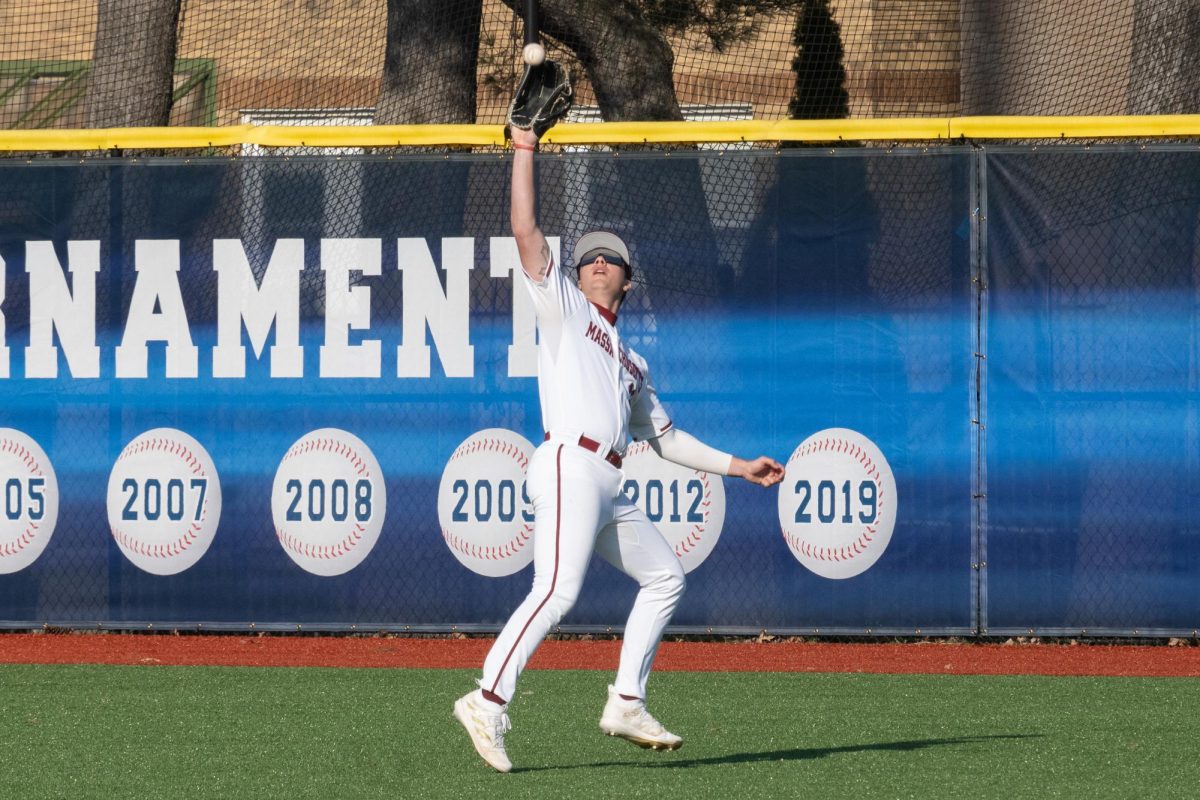It was just before noon on Sept. 30 when Michael Morris, superintendent of the Amherst Regional Public Schools, informed families in the district that students’ return to in-person learning — originally scheduled for the following day — would be postponed.
In that late-morning email, Morris wrote that a recent spike in COVID-19 cases in the area meant that students who had been planning to see their classmates face-to-face less than 24 hours later would not, in fact, be doing so.
“I am sorry for the unfortunate timing of this change of plans, but given the new public health information received this morning, and in consultation with the Amherst Health Department, I determined that this decision was in the best interest of our students, staff and families,” he said.
Five days prior, University of Massachusetts administrators had notified their own students of a developing off-campus cluster of coronavirus cases.
What began on Sept. 25 with 13 positive COVID-19 tests, likely the result of a party the previous weekend, had by the time of Morris’ email ballooned to 48 off-campus infections. In the days following, more than 50 additional students tested positive, and the Town of Amherst also saw a spike in cases.
That situation — an off-campus student party, a cluster of coronavirus cases, a sharp rise in infections as students interacted with roommates and friends, and the closure of public schools — laid bare the intertwined fates of UMass and the Town of Amherst. For students expecting that the consequences of their actions would be limited to them or their close contacts, this was a stark reminder that UMass isn’t sealed in a bubble.
It was also a case study in how a large university and its students exist within a year-round town community, and how school and town leadership must balance sometimes competing, sometimes aligned interests in a way that benefits both parties.
In Amherst, as in Ithaca, New York or Burlington, Vermont, the local economy is driven by the arrival of college students each fall and spring. Bars, restaurants, retail stores and real estate companies rely on the annual influx of students to fuel their business. Colleges and universities employ thousands of local residents. People’s livelihoods depended on having students living in town and spending money.
But Amherst also had a vocal contingent of residents less excited for 10,000 new neighbors come August.
In late June, UMass Chancellor Kumble Subbaswamy announced that all students who had reserved campus housing for the fall semester would be able to live in the dorms if they wished to do so. Additionally, the school did not plan to test all students for COVID-19 on a regular basis — only those residing in residence halls or coming to campus for in-person classes.
These decisions sent shockwaves through the town.
A MoveOn.org petition, “Do NOT Bring College Students Back To School and To Our Community This Fall,” garnered 1,000 signatures. (The petition’s feature image, a grainy photo of college kids in baggy jeans and backwards hats, appears to have been taken by an Associated Press photographer at a University of Connecticut party in 2007.)
“If the students come back, they will re-introduce COVID-19 into our area,” Amherst resident Monique Hillen told the Daily Hampshire Gazette in mid-July.
“There’s a level of unease during COVID that hasn’t really been in the community in the last couple of years,” said Tony Maroulis, UMass’ executive director of external relations and university events.
Moreover, many people in Amherst are older, and are naturally concerned about their vulnerability to the virus, Town Manager Paul Bockelman noted. “Any kind of threat is very real to many residents of the town.”
By many metrics, it’s been a terrific year for off-campus student behavior, Maroulis said. Most social gatherings are being kept to 10 people or fewer, dangerous alcohol consumption is down, as are police responses to off-campus addresses and hospital transports.

But community tolerance for any kind of student gatherings is low. In another year, no one would bat an eye to a few students sitting together on a porch. “I think this year, everyone sees anybody together and it’s a cause for concern in some people’s minds,” Maroulis said.
It’s no easy task squaring the needs of a large public university with those of local year-round residents, especially considering the population’s well-known reputation for diverse and strong opinions.
Both Amherst and UMass officials insist cooperation is robust between the “town and gown,” as the entities are sometimes informally called (the “town” being the permanent residents, the “gown” being a metaphor for the academic population). But regardless of how closely the sides work, this summer put their varied desires on full display.
While some residents petitioned to keep students out of town, others were less concerned.
“I actually was not as worried about students coming back,” said Rebecca Dingo, an Amherst parent and associate professor in UMass’ English department. “I felt like for the good of the economy, and in some ways the local community, having some students back in Amherst was not a terrible thing.”
Dingo said she believed that since many students would be coming from other parts of Massachusetts, they’d take the virus seriously and have a sense of responsibility about containing it.
But with many of his constituents openly worried about the student return, Bockelman reached out directly to Subbaswamy.
“I fear that the decision to bring additional students to Town will fuel the conditions for a massive spread of COVID-19 that could overwhelm our local public health infrastructure, create a crisis for our local hospital, strain the capacity of our EMS first responders and force our public safety officers into difficult, untenable and possibly dangerous situations,” Bockelman wrote in a letter.
“This is not to disparage students but simply to acknowledge a well-established fact that is already evident by our shared history and at other universities,” he said.
The town manager made several requests of the chancellor — to apply the same safety guidelines to on- and off-campus students, to enforce the rules set out in the school’s “UMass Agreement” through disciplinary action if necessary, to test all students in the area and to convene a regular “working group” between town and school leaders.
The school did respond in part to Bockelman’s requests. At the end of July, UMass announced a high-level working group of top town and school officials, which joined a host of other collaborative initiatives between the sides.
“The town-gown relationship is a little bit like an arranged marriage,” Maroulis later remarked. “It does require a lot of work.” But, he added, the relationship is strong, as is UMass’ rapport with Hadley, Sunderland and other surrounding communities.
“I want to emphasize that this is not a ‘town vs. gown’ question,” Bockelman wrote in his appeal to Subbaswamy. “I very much value the University and I appreciate the partnership the Town and University have built over the past few years.
“The Town would not be what it is without the University,” he said. “But what the University does, and the decisions you make, have deep and direct impact on our community.”

When that reality came to pass at the end of September, with the local school district delaying in-person learning, many parents were furious.
“I was pissed, I was frustrated,” said Nicola Usher, an academic advisor in UMass’ communication department and mother to a third-grader in the Amherst Public Schools. “I was really dismayed that a small number of what I believe were off-campus students making poor decisions was going to impact the education of our elementary school kids.”
The Amherst-Pelham Regional School Committee sent a letter to Subbaswamy asking that UMass “clearly communicate and consistently apply disciplinary consequences for violations of the Community Agreement, including suspension or expulsion depending on the circumstances and egregiousness of the actions.”
“The very night before they are to go back, nap sacks packed and excited, we learn that due to an outbreak, we will not be allowed to go back,” Amherst resident and father of two first-graders Greg Sengle told the Daily Collegian at the time. “Our impression is that the UMass administration is doing little, if anything, to enforce social distancing and masking guidelines for students this semester if they are off-campus.”
But the school continues to hold that a punishment-first strategy is ineffective.
“The University emphasizes education over discipline in our approach, because it’s good public health policy,” Maroulis said. “It allows us to work very closely with the student body. You know, the more punitive approach doesn’t necessarily lend itself to the type of cooperation that we need during a public health crisis.”
“One should not have had an expectation that there would be zero transmission,” he said. “And we certainly shouldn’t have zero tolerance around the idea of people getting it.”
Being a parent of an elementary school student, a UMass employee who meets regularly with students and an Amherst resident gave Nicola Usher a feel of the wide variety of perspectives on UMass’ handling of the pandemic and its students.
“There was definitely a part of me that felt like, well, if students didn’t come back, maybe my kid has a better chance of going to school,” Usher said. “But I also knew that not bringing students back would have really dire consequences both for the local economy and for students.”
As an academic advisor, Usher understood that a fully remote semester would have grim effects on students, especially on their mental health.
“For many students Amherst is their safe place,” she said. “Students are sad. They’re missing out on what they know. And it’s really hard to motivate when you’re not in class in-person.”
Usher was caught in the middle of Amherst’s competing interests. She saw students’ desire to be near school and knew they could help local businesses, and she understood the possibility that it could negatively affect case counts in town, possibly triggering public school closures.
“It just felt like there was no right answer, and no answer that didn’t have tremendous negative ripple effects for all parties involved,” she said.
What was clear for her though, was that the opinions of Amherst’s vocal anti-student residents weren’t a fair assessment of the academic population.
“I was, quite frankly, horrified by [the petition to keep students away],” Usher said.
“I thought it was in really poor taste. It disregards the individual needs of students and treats them as a monolith that comes here just to party.”
Even after the virus spread among UMass students, forcing public schools to close, Usher felt the negative reactions may not have been fair.
“I also felt that this was a case of the many being blamed for the few,” she said. “Just based on the numbers, but also based on my interaction with students, I do think the majority are really doing the right thing or trying to.”
Maroulis’ assessment of student behavior was similar. “I think the vast majority of our students are doing right,” he said.
But despite best efforts, UMass is now seemingly on the far side of a second COVID-19 spike, this one coming in the wake of Halloween.
Cases began climbing the first week of November. Ninety-two positive tests between Nov. 5 and Nov. 11 made that seven-day period the school’s worst week of the year.
UMass holds that the increase in cases follows a pattern of rising cases throughout the state, school spokesperson Ed Blaguszewski said.
But Massachusetts cases had already been increasing for over a month when UMass’ most recent spike began in early November. The school’s case dashboard shows a distinct bell curve around the first week of the month, hardly a mirror of the gradually steepening, and still rising, slope of the state’s new cases chart.
“We did see some increase in socializing related to Halloween and the election, which may have affected our numbers,” Blaguszewski said.
In the next week, most off-campus students will head home for Thanksgiving and winter break. When they return for the spring semester, they’ll be joined by a larger on-campus contingent — possibly 5,000-6,000 freshmen and transfer students.
To prepare for the spring semester, just as he did for the fall, Subbaswamy delegated planning to a handful of administrative working groups. Bockelman has been meeting weekly with University representatives, including Maroulis, part of his request for better dialogue between the parties.
But ultimately, it was the school’s decision to allow more students to live on-campus.
“So, I guess we could say we’ve been engaged,” Bockelman said. “But we’re not the decision makers in this.”
The new additions to campus could be the spark that fuels the type of outbreak Amherst feared when UMass released its original fall plan, before later scaling it back to limit the number of on-campus students. Come spring, as many as 8,700 students may be living in residence halls, Blaguszewski said.
And yet, if the school is able to continue testing its student population efficiently and reliably, as it has done this fall, any potential residential hall spread could be contained.
If more students can be brought back safely, it could be the boost local businesses need to reach the light at the end of the tunnel. And while springtime is likely to be far from “back to normal,” it would be a step toward the Amherst that students remember.
“It was depressing not having students here in the spring,” Bockelman said. “Nobody liked the feel of the town, because it was vacant, it lacked the energy and vibrancy that students from all three campuses bring to the community. It’s what makes Amherst, Amherst, and without that, it’s just another town.”
Will Katcher can be reached at [email protected]. Follow him on Twitter at @will_katcher.


